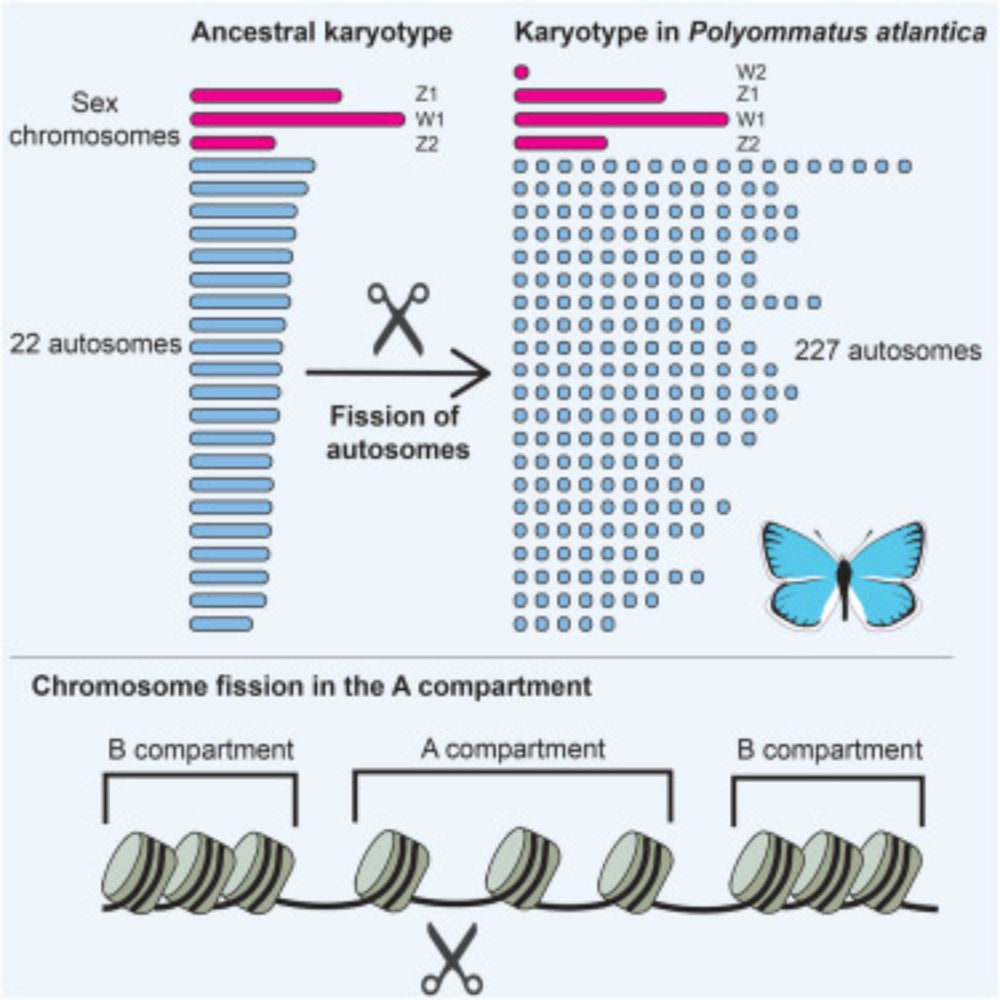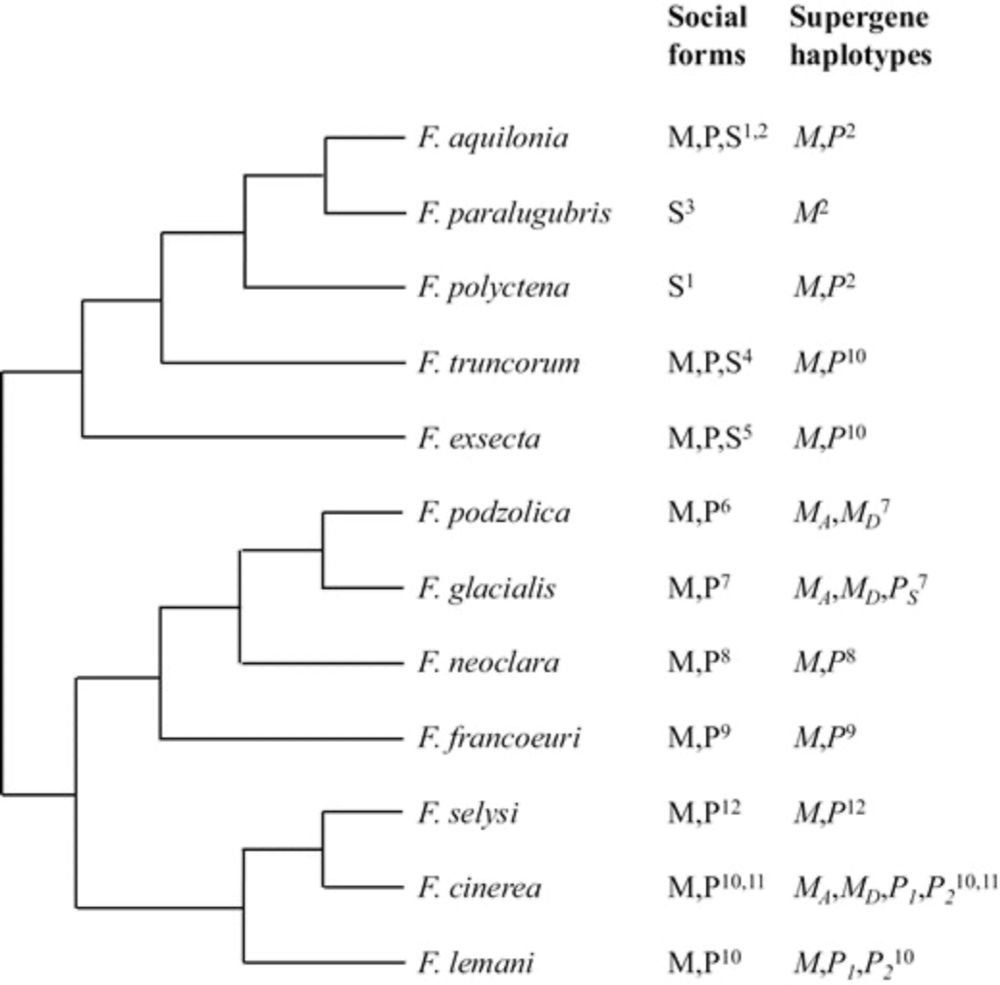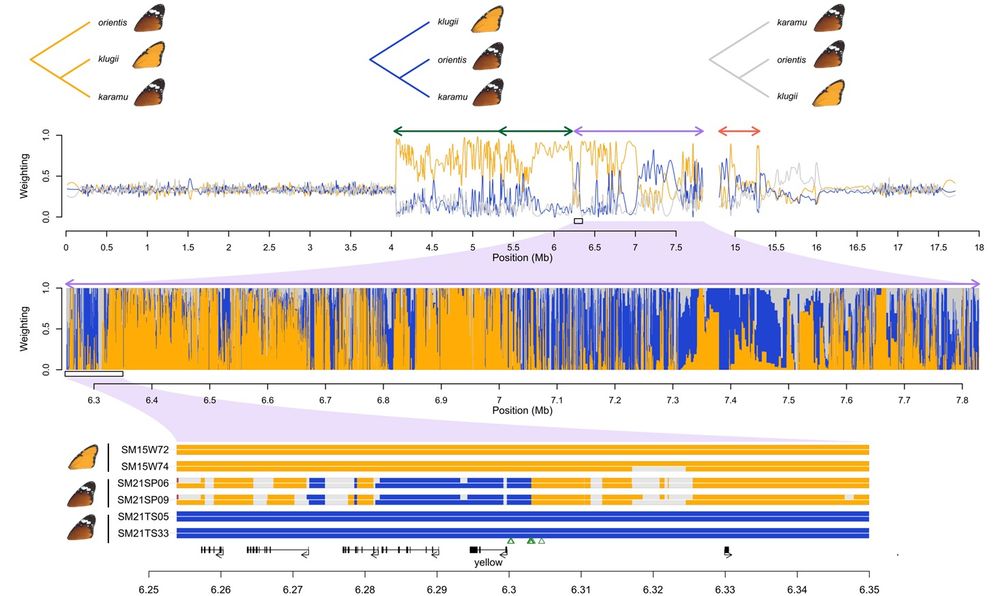German Lagunas-Robles
@g-lagunasrobles.bsky.social
140 followers
220 following
17 posts
postdoc @ IU Bloomington (Bracewell Lab)
genome evolution, ants, and beetles 🧬🐜🪲
Posts
Media
Videos
Starter Packs
Reposted by German Lagunas-Robles
Reposted by German Lagunas-Robles
Reposted by German Lagunas-Robles
Reposted by German Lagunas-Robles
Reposted by German Lagunas-Robles
Reposted by German Lagunas-Robles
Reposted by German Lagunas-Robles








